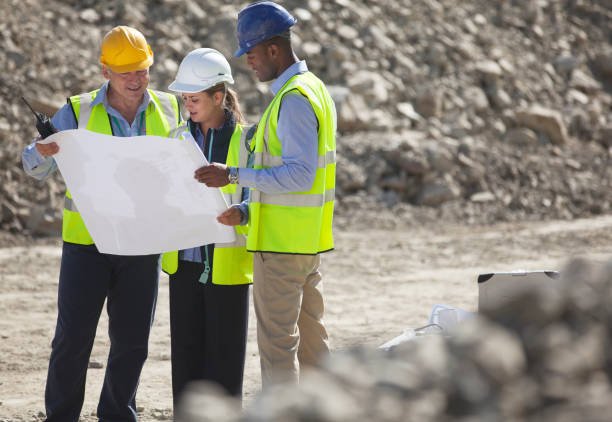Who should be on the crisis management team when it comes to the mine disaster?
Skip to content
Skip to footer
Who should be on the crisis management team when it comes to the mine disaster?
Who should be on the crisis management team when it comes to the mine disaster?

